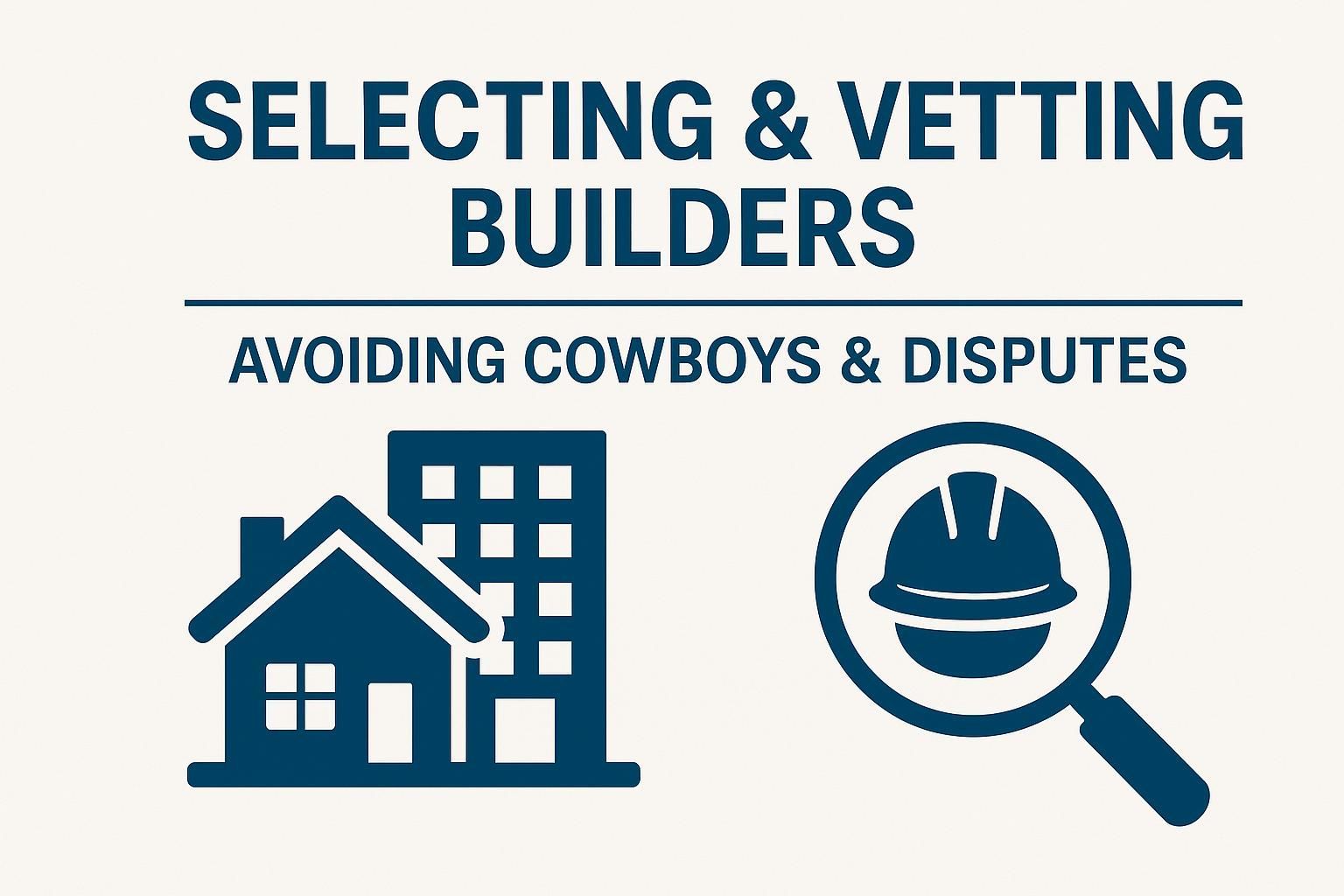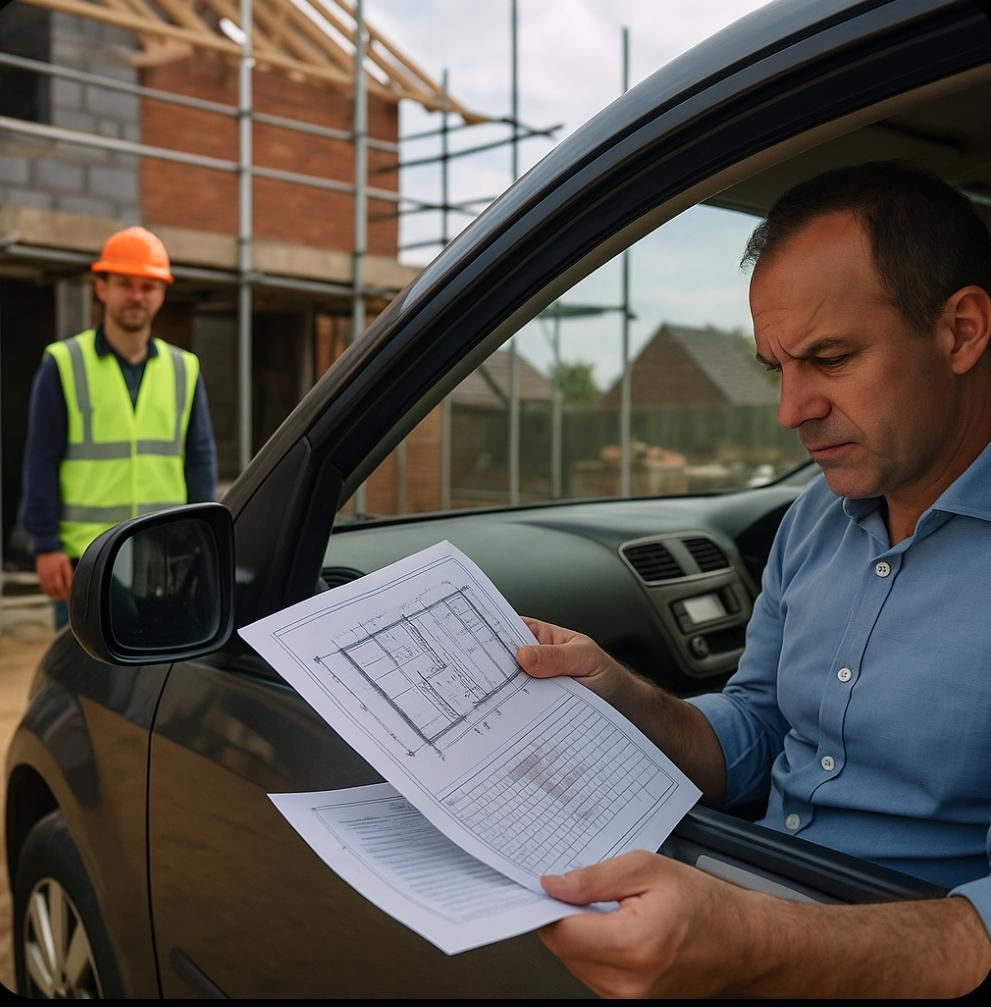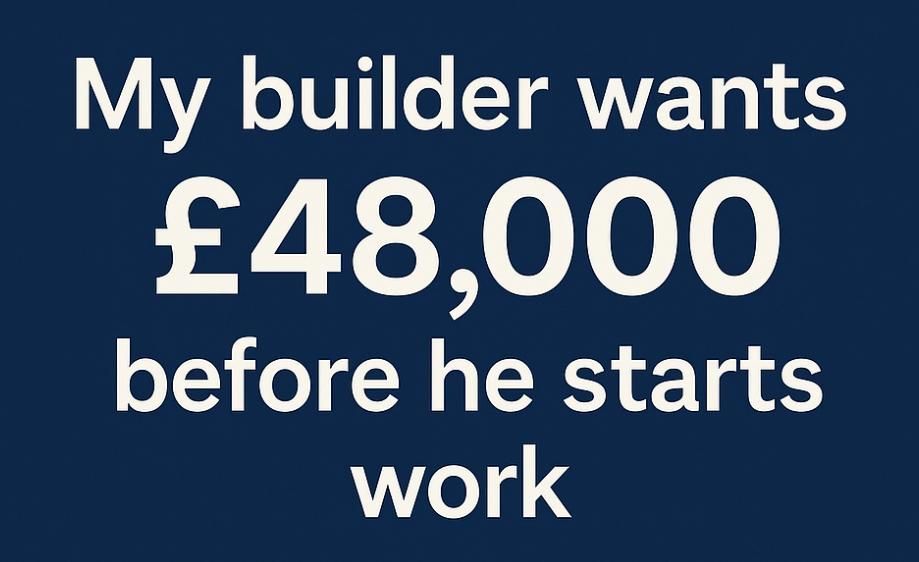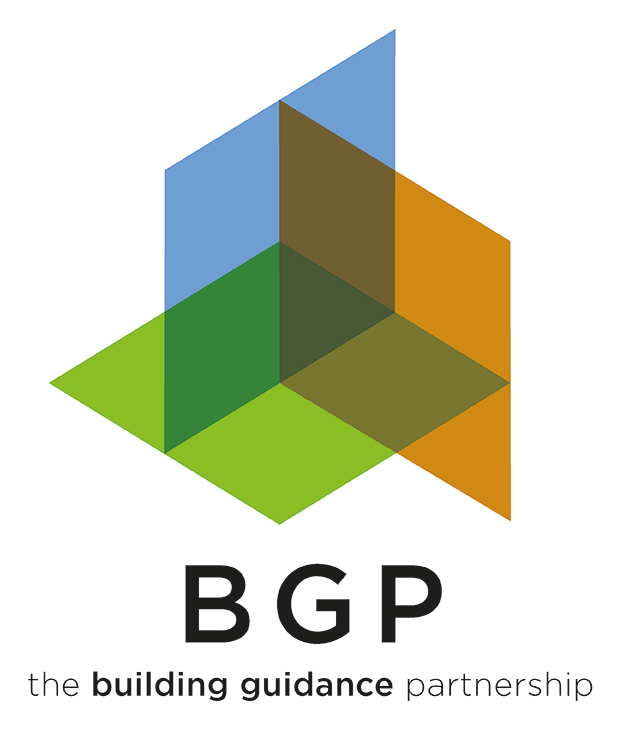Exploring Three-Phase Electrical Power in Residential Settings: Is it Right for Your Home?
"Empowering Homes: Navigating the Pros and Cons of Three-Phase Electrical Power for Modern Living"
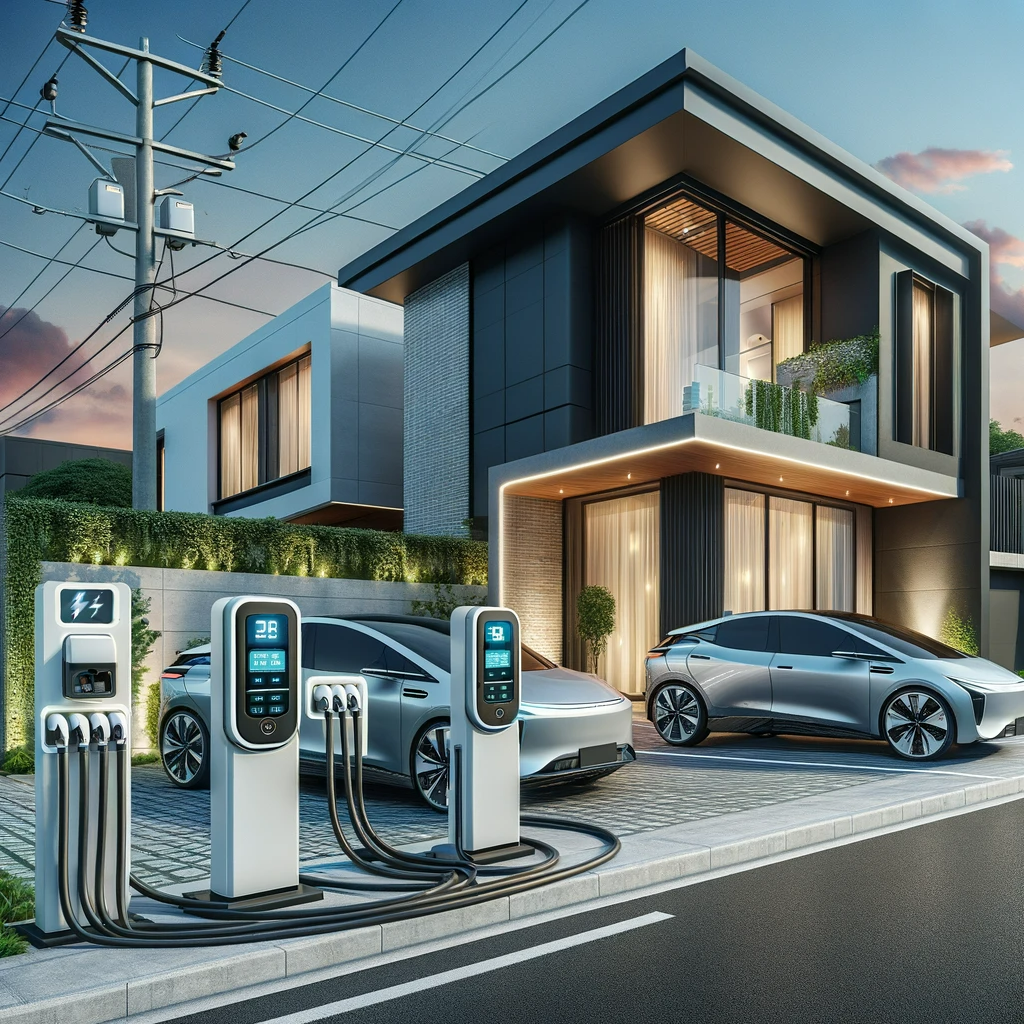
The concept of three-phase power is increasingly becoming a topic of interest for homeowners. This is particularly true for those who are enthusiastic about technology, are planning extensive renovations, or constructing a new home. In this post, we will explore what three-phase power entails, its benefits (particularly for homes with electric vehicles, air conditioning and ventilation systems) and its potential drawbacks.
What is Three-Phase Electrical Power?
Three-phase power involves three alternating currents, each phase offset by one-third of a cycle, providing a more consistent and efficient power delivery. This contrasts with the single-phase power commonly used in homes but is gaining traction in residential settings for specific needs.
Pros of Three-Phase Power in Residential Settings
Efficient Power Distribution: Three-phase power ensures a more even distribution of electricity, leading to less strain on the system and potentially a more stable and efficient energy supply.
Superior for High Power Demands: Homes equipped with heavy-duty appliances, workshops, or multiple electric vehicles will find three-phase power particularly beneficial. It is especially advantageous for faster charging of electric cars, making it an ideal choice for households with multiple electric vehicles.
Long-term Energy Savings: Despite higher initial costs, the efficiency of three-phase systems can lead to slightly lower energy bills in the long run.
Optimised Appliance Performance: Some high-end appliances are designed to perform optimally on three-phase power, offering enhanced efficiency and functionality.
Cons of Three-Phase Power in Residential Settings
Higher Initial Costs: Installation of a three-phase system is more intricate and expensive due to additional wiring and more involved metering.
Availability Challenges: Not all residential areas have easy access to three-phase power, and in some cases, installation costs can be prohibitively high.
Overkill for Standard Needs: For most homes, the standard single-phase power is sufficient, making three-phase an unnecessary investment.
Specialised Maintenance: Three-phase systems require more specialised maintenance and repairs, potentially increasing long-term upkeep costs.
Conclusion
Three-phase electrical power is an exciting option for residential properties with specific high-power needs. The decision to upgrade should be made after considering the specific requirements, potential benefits, and costs. Consulting with a professional electrician or electrical engineer is crucial to determine suitability for your needs.
Interested in exploring the possibilities of three-phase electrical power for your home? At the BGP, we routinely consider three-phase as an option on every residential project. Whether you are looking to future-proof your home with efficient power systems or need expert advice on managing high-power demands, we can assist. Contact us today to schedule a consultation and discover how we can bring the power of three-phase electricity into your project.
